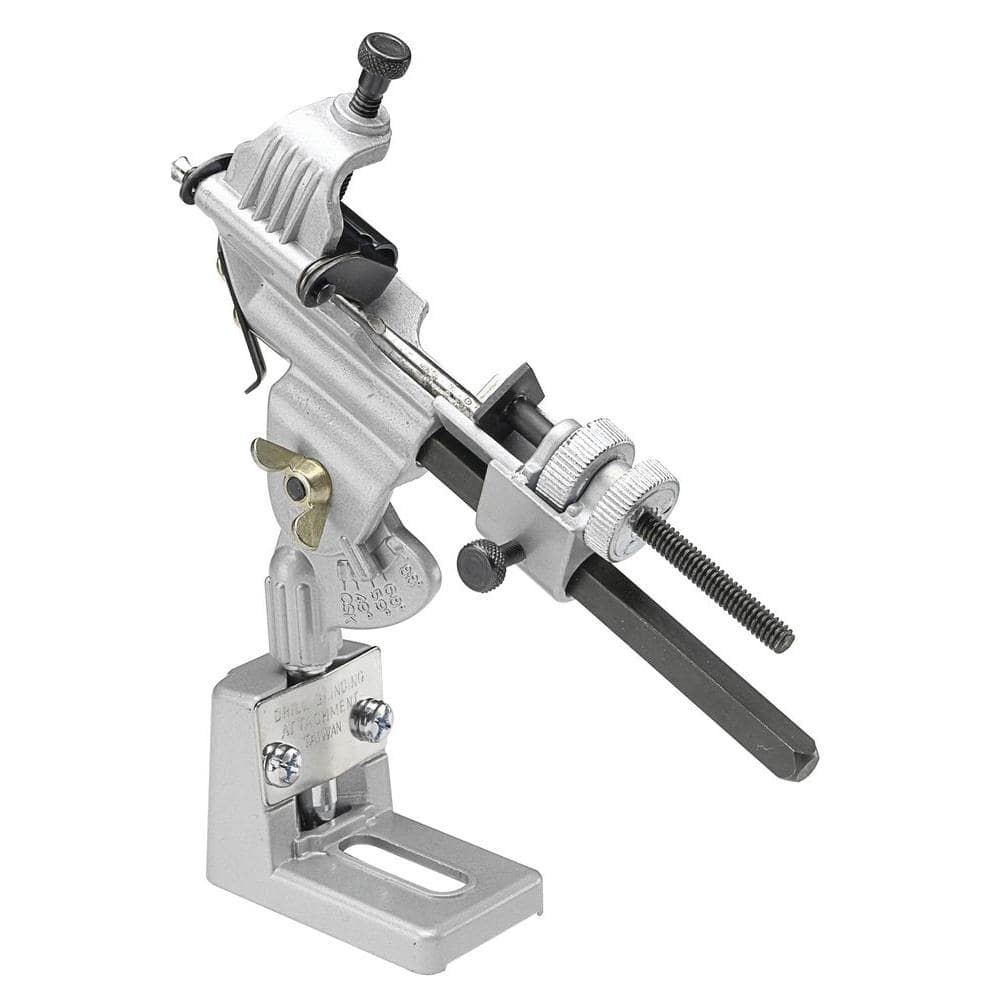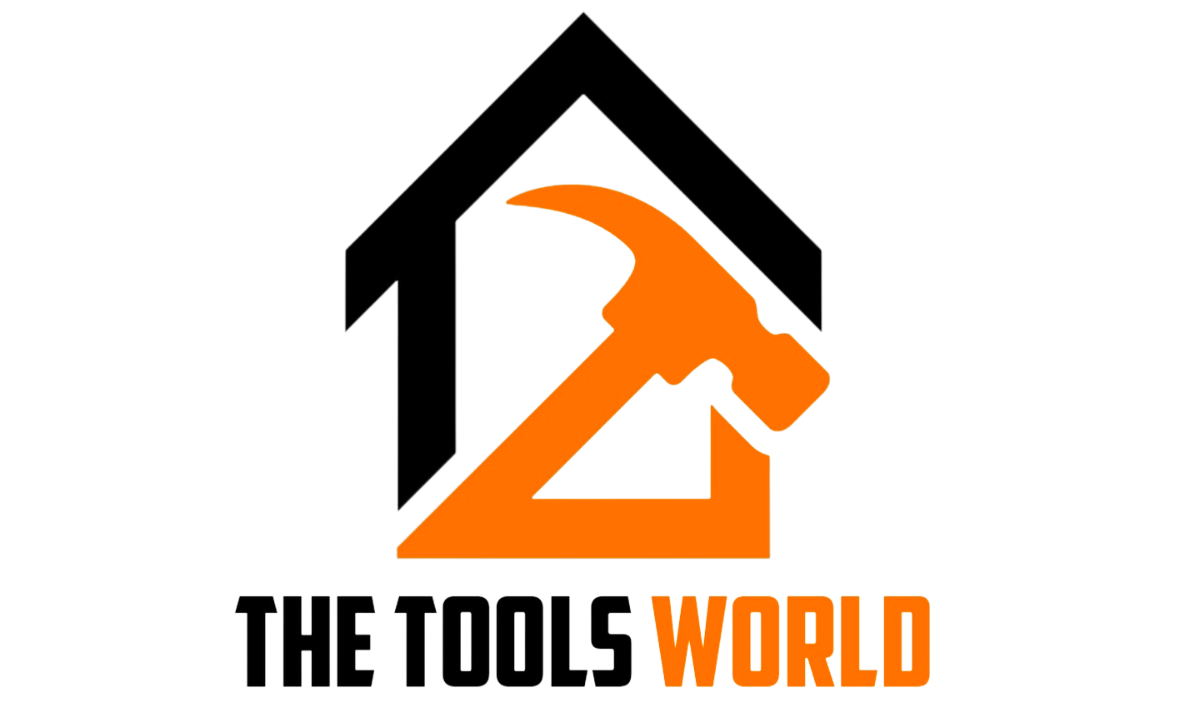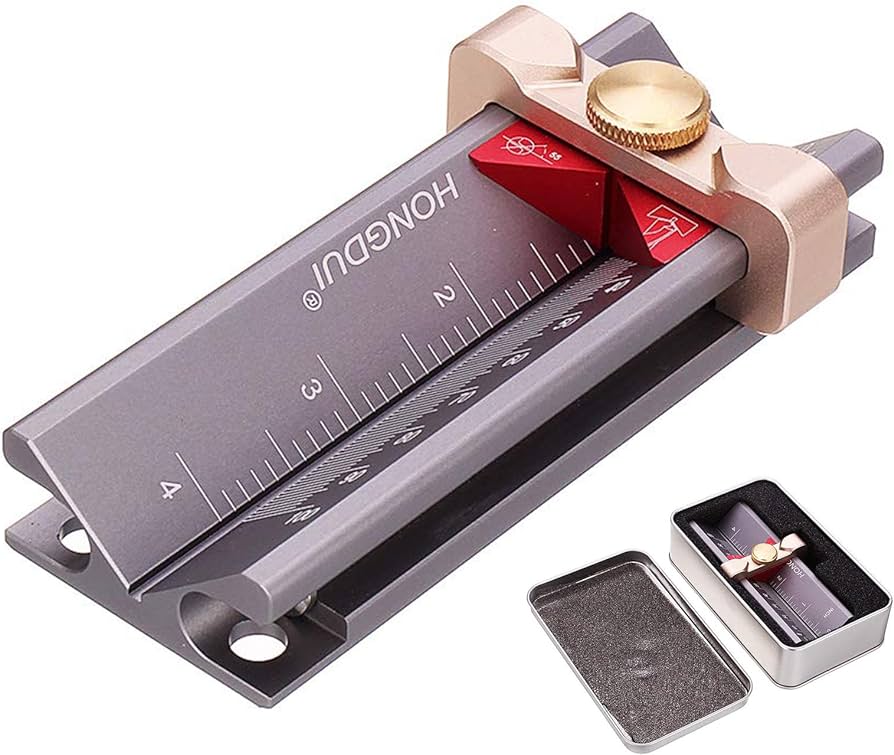A drill sharpening gauge is used to determine and ensure that a drill bit has been sharpened to the correct angle. It helps in achieving precise and accurate sharpening, enhancing the performance and longevity of the drill bit.
Understanding The Purpose Of A Drill Sharpening Gauge
A drill sharpening gauge is used to determine the angle and sharpness of a drill bit. It helps ensure that the bit is sharpened to the correct angle for optimal drilling performance and longevity. Using a gauge can save time and money by preventing the need to replace dull bits and improving drilling efficiency.
The Importance Of Maintaining Sharp Drill Bits
Ensuring that your drill bits are sharp is vital for achieving precise and efficient drilling results. Dull drill bits can cause poor-quality holes, increased drilling time, and unnecessary strain on your drill. It is important to regularly check and sharpen your drill bits to maintain their sharpness and prolong their lifespan.
Introducing The Drill Sharpening Gauge
One valuable tool in your arsenal for maintaining sharp drill bits is the drill sharpening gauge. This handy device is designed to accurately measure the angle and height of your drill bits, ensuring that they are sharpened to the optimal specifications. With a drill sharpening gauge, you can easily determine if your drill bits need sharpening or if they are still in good condition.
How A Drill Sharpening Gauge Can Prolong The Life Of Drill Bits
A drill sharpening gauge plays a crucial role in extending the lifespan of your drill bits. By using this tool, you can sharpen your drill bits to their original angle, allowing them to cut through materials smoothly and effortlessly. This not only improves the drilling performance but also reduces the risk of overheating and premature wear of the drill bits.
How To Use A Drill Sharpening Gauge
A drill sharpening gauge is a tool used to check the angle and sharpness of drill bits. It ensures that the bits are sharpened correctly, resulting in more efficient drilling and longer tool life. By measuring the angle, users can maintain consistent and accurate drilling performance.
Step-by-step Guide To Using A Drill Sharpening Gauge
Using a drill sharpening gauge can greatly improve the performance and lifespan of your drill bits. Here is a step-by-step guide on how to use a drill sharpening gauge effectively:
- Start by selecting the appropriate gauge for the size of your drill bit. It is important to choose the right gauge to ensure accurate measurements.
- Place the drill bit into the gauge, aligning the cutting edge with the appropriate marking on the gauge. The gauge will have different markings for different angles of sharpening, typically ranging from 118 degrees to 135 degrees.
- Hold the drill bit securely and make sure it is flush against the gauge.
- Observe the markings on the gauge to determine the correct angle for sharpening. This will depend on the type of material you are drilling into and the desired result.
- Using a bench grinder or a sharpening stone, carefully sharpen the drill bit at the desired angle. Be sure to maintain a steady hand and apply even pressure to achieve a uniform sharpening.
- After sharpening, recheck the drill bit against the gauge to ensure the desired angle has been achieved.
- If necessary, repeat the sharpening process until the desired angle and sharpness are achieved.
Ensuring Accurate Measurements With The Gauge
It is crucial to ensure accurate measurements when using a drill sharpening gauge to achieve optimal drilling performance. Here are a few tips to help you achieve accurate measurements:
- Handle the drill bit carefully to avoid any potential damage or misalignments.
- Ensure the drill bit is securely positioned against the gauge, with the cutting edge aligned properly.
- Avoid excessive pressure or force when sharpening the drill bit to prevent unnecessary wear or deformations.
- Regularly clean and maintain the gauge to prevent any debris or residue from affecting the accuracy of the measurements.
- Always double-check the measurements against the gauge to ensure consistency and accuracy.
Common Mistakes To Avoid When Using A Drill Sharpening Gauge
While using a drill sharpening gauge can greatly enhance the performance of your drill bits, there are a few common mistakes that you should avoid to ensure optimal results:
- Avoid rushing through the sharpening process. Take your time to carefully align the drill bit and sharpen it evenly.
- Do not apply excessive pressure when sharpening the drill bit, as this can lead to overheating and potential damage.
- Ensure that the bench grinder or sharpening stone used is in good condition and properly maintained to prevent uneven sharpening or accidental damage to the drill bit.
- Double-check the alignment and positioning of the drill bit against the gauge before and after sharpening to ensure accurate measurements.
- Regularly clean and maintain the gauge to prevent any build-up of debris or residue that may affect the accuracy of the measurements.
Benefits Of Using A Drill Sharpening Gauge
A drill sharpening gauge is an essential tool for anyone who works with drills regularly. It helps to maintain the accuracy, performance, and efficiency of drill bits. In this section, we will discuss the various benefits of using a drill sharpening gauge.
Increased Drilling Accuracy And Precision
One of the primary benefits of using a drill sharpening gauge is that it allows for increased drilling accuracy and precision. When drill bits become dull, they tend to wander off course while drilling, resulting in inaccurate and imprecise holes. By using a drill sharpening gauge, you can easily check and maintain the correct drill bit angles. This ensures that your drill bits are always sharp and aligned correctly, allowing for precise and accurate drilling every time.
Improved Drill Bit Performance And Efficiency
Another significant advantage of using a drill sharpening gauge is that it improves the performance and efficiency of your drill bits. Dull drill bits require more force to penetrate the material, resulting in slower drilling speeds and reduced efficiency. Additionally, dull bits tend to create more heat, causing them to wear out faster. With a drill sharpening gauge, you can restore the sharpness of your drill bits, enabling them to cut through material effortlessly with less force and heat. This leads to improved performance and enhanced efficiency in your drilling tasks.
Cost-saving Advantages Of Sharpening Drills, Ensuring Each H3 Heading Adheres To HTML Syntax
Using a drill sharpening gauge offers cost-saving advantages in the long run. Rather than frequently replacing dull drill bits, which can be expensive, you can extend the lifespan of your existing drill bits by sharpening them. By maintaining sharp drill bits, you can avoid unnecessary costs associated with purchasing new ones. Additionally, sharp drill bits reduce the risk of damage to the materials being drilled. When a dull bit is forced through materials, it can cause them to splinter, crack, or break. By sharpening your drill bits with a gauge, you minimize the possibility of material damage, ultimately saving you money.

Credit: www.homedepot.com
Variations Of Drill Sharpening Gauges
A drill sharpening gauge is used to determine the correct angles for sharpening drill bits, ensuring optimal performance and longevity. It provides a fast and easy way to identify drill sizes, saving time and money. Try Drill Hog Drill Gauge for checking and measuring drill bits or holes.
Different Types Of Drill Sharpening Gauges Available
Drill sharpening gauges come in various types, each designed to cater to different needs and preferences. Here are some common variations of drill sharpening gauges:
- Angle Gauge: This type of gauge is used to measure the angle of the drill point. It helps ensure that the drill bit is sharpened at the correct angle, which is crucial for achieving optimal drilling performance. Angle gauges are typically easy to use and provide accurate measurements.
- Drill Bit Sharpener: A drill bit sharpener is a versatile tool that can be used to sharpen various types of drill bits. It usually consists of a rotating grinding wheel and adjustable guides that allow you to sharpen the bit at the desired angle. Drill bit sharpeners are ideal for those who frequently work with different drill bit sizes and types.
- Drill Point Gauge: A drill point gauge is specifically designed to measure the angle and chisel length of twist drill bits. It helps ensure that the drill bit is properly ground to achieve precise drilling results. Drill point gauges are commonly used in metalworking and woodworking industries.
- Universal Grinding Jig: This type of gauge is designed to provide a versatile and adjustable sharpening platform for various drill bits. It allows you to easily set the desired angles and positions to achieve consistent and accurate results. Universal grinding jigs are suitable for DIY enthusiasts and professional machinists alike.
Pros And Cons Of Each Type Of Gauge
| Gauge Type | Pros | Cons |
|---|---|---|
| Angle Gauge | – Easy to use – Provides accurate measurements – Suitable for various drill bit types |
– Limited to measuring only the angle |
| Drill Bit Sharpener | – Versatile; can sharpen different types and sizes of drill bits – Adjustable grinding angles – Saves time and effort |
– May require additional setup and adjustment – Can be costly |
| Drill Point Gauge | – Measures angle and chisel length for precise drill bit sharpening – Ideal for metalworking and woodworking |
– Limited to twist drill bits |
| Universal Grinding Jig | – Versatile and adjustable for different drill bit types – Consistent and accurate results – Suitable for DIY enthusiasts and professionals |
– Requires more setup and adjustment |
Choosing The Right Gauge For Specific Drilling Needs
When selecting a drill sharpening gauge, it’s essential to consider your specific drilling needs and requirements. Here are a few factors to consider:
- Drill Bit Types: Different gauges are designed for specific types of drill bits. Ensure that the gauge you choose is compatible with the drill bits you commonly use.
- Accuracy: Look for gauges that provide accurate measurements to ensure precise sharpening results.
- Versatility: If you work with various drill bits, a universal grinding jig or drill bit sharpener may be a suitable choice.
- Budget: Consider your budget when selecting a gauge. Some gauges may have higher upfront costs but offer long-term value and durability.
By taking these factors into account, you can choose the right drill sharpening gauge that meets your specific drilling needs and helps you achieve optimal performance.
Tips For Proper Maintenance Of Drill Sharpening Gauges
Proper maintenance of drill sharpening gauges is essential to ensure their longevity and accurate performance. Regular cleaning and storage, as well as calibration and maintenance, can significantly extend the lifespan of these gauges. In this section, we will discuss some useful tips for maintaining drill sharpening gauges.
Cleaning And Storing The Gauge For Longevity
Regular cleaning and proper storage are crucial for maintaining the longevity of drill sharpening gauges. After each use, it is important to clean the gauge to remove any debris or residue that may have accumulated. This can be done by using a soft cloth or a brush to gently wipe the gauge, ensuring that all the drill shavings or dust particles are removed. Avoid using harsh chemicals or abrasive materials as they can damage the gauge’s surface.
When it comes to storing the gauge, it is recommended to keep it in a dry and dust-free environment. Ideally, you should store it in a protective case or pouch to prevent any accidental damage. Storing the gauge in a designated place will also reduce the chances of misplacing it, ensuring that it is easily accessible whenever needed.
Regular Calibration And Maintenance Of The Gauge
Calibration plays a crucial role in ensuring the accuracy and precision of drill sharpening gauges. Over time, gauges may experience wear and tear, which can affect their performance. Therefore, it is essential to calibrate the gauge regularly to maintain its accuracy.
To calibrate the gauge, you can use a known reference point, such as a drill bit with a verified diameter. Simply compare the measurements provided by the gauge with the known reference to identify any discrepancies. If any inaccuracies are detected, adjustment or repair may be required.
Extending The Lifespan Of The Drill Sharpening Gauge
In addition to cleaning, storing, and regular calibration, there are several other steps you can take to extend the lifespan of your drill sharpening gauge:
- Handle the gauge with care to prevent any accidental drops or impacts that may cause damage.
- Avoid exposing the gauge to extreme temperatures or humidity, as this can affect its accuracy and performance.
- Keep the gauge away from moisture or corrosive substances to prevent rust or other forms of damage.
- If the gauge has any removable parts or accessories, make sure to properly clean and maintain them as well.
- Refer to the manufacturer’s instructions for any specific maintenance recommendations or guidelines.
By following these tips, you can ensure that your drill sharpening gauge remains in optimal condition, providing accurate measurements for years to come. Proper maintenance not only extends the lifespan of the gauge but also ensures that you achieve precise and consistent results when sharpening your drill bits.
Frequently Asked Questions
What Can A Drill Gauge Be Used To Determine?
A drill gauge can be used to determine drill bit and hole sizes. It helps identify drill sizes quickly and easily.
How Do You Use A Drill Bit Angle Gauge?
To use a drill bit angle gauge, simply place the gauge against the cutting edge of the drill bit. The gauge will show the angle of the bit, ensuring it has been sharpened correctly.
Are Drill Sharpeners Worth It?
Yes, drill sharpeners are worth it. They save you time and money by ensuring your drill bits are sharp and efficient, allowing you to complete your projects more easily.
What Is The Best Angle To Sharpen A Drill Bit?
The best angle to sharpen a drill bit is determined by using a drill sharpening gauge, which ensures the correct angle is achieved.
Conclusion
To conclude, a drill sharpening gauge is an essential tool for any DIY enthusiast or professional. It allows you to accurately measure and determine the angle of a drill bit, ensuring that it is sharpened to the correct angle for optimal performance.
By using a drill sharpening gauge, you can save time and money, as you won’t have to constantly replace dull bits. Invest in a drill sharpening gauge and take your drilling projects to the next level of precision and efficiency.

